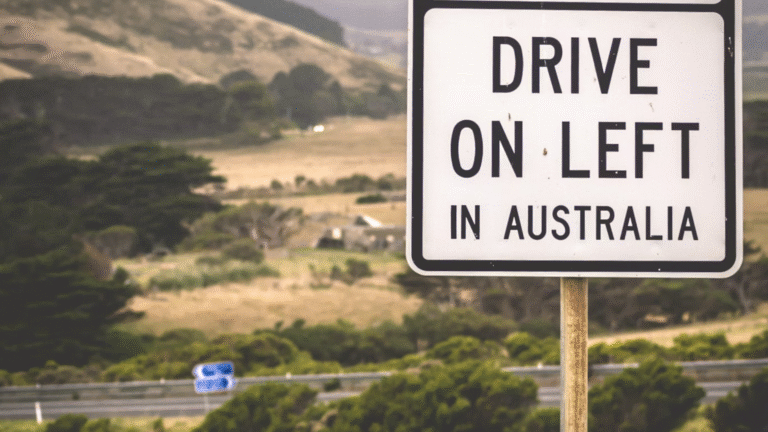Planning a multi-state EV trip across Australia requires more than plotting petrol stations. You need to map charger types and speeds, factor in weather and terrain, allocate realistic charging and rest windows, and have contingency chargers and chargers’ reliability plans. This guide breaks down the practical planning steps to keep trips smooth, reduce stress, and ensure you enjoy the journey from state to state.
Table of Contents
- Pre-trip planning: range, route and reserve margin
- Charger mapping: types, power ratings and realistic charging times
- Managing terrain, speed and climate for range predictability
- Accommodation, charging etiquette and stop-optimisation
- Contingencies: backups, mobile charging and roadside help
- A sample 7-day multi-state trip plan checklist
- FAQs
1. Pre-trip planning: range, route and reserve margin
- Know your usable range: Understand your real-world 0–100% or 20–80% consumption on highways. Factor in expected speed and load.
- Create a conservative plan: Plan legs well within your car’s comfortable range with a 20–30% reserve margin for detours and charger issues.
- Map chargers with redundancy: For each leg, identify primary and secondary chargers and note their power rating and operator.
Conservative planning reduces anxiety and avoids being stranded.
2. Charger mapping: types, power ratings and realistic charging times
- Match charger power to vehicle acceptance: A 150 kW charger won’t speed a car that maxes at 50 kW; check practical 10–80% times and expected kW tapering.
- Plan time at chargers: Factor in not just charging time but walking to amenities, food breaks and toilet stops — turn charging into a useful break.
- Prefer chargers with amenities: Use chargers at cafes, visitor centres or motels where you can rest while the car charges.
- Account for taper: The last 10–20% of charge can be very slow; plan 10–80% or 20–80% top-ups for better time-efficiency.
Smart charger selection reduces both dwell time and frustration.
3. Managing terrain, speed and climate for range predictability
- Expect hill climbs to cost more energy: Mountainous legs need extra buffer and may require extra stops.
- Moderate highway speeds: Fuel (energy) consumption increases with speed — sticking to sensible speed limits extends range.
- Hot/cold weather impacts: Air-conditioning and heating can reduce available range; precondition the cabin while plugged in.
- Towing and heavy load: Expect significant range reductions if towing; plan for additional stops and lower speed limits.
Plan around the conditions you’ll encounter and adapt driving style accordingly.
4. Accommodation, charging etiquette and stop-optimisation
- Book stays with chargers when possible so the car is full each morning.
- Respect fast-charger etiquette: Move your car when complete, or you may face penalties or community annoyance.
- Stagger charging and sight-seeing: Combine long charging sessions with meals, hikes or sightseeing to make time productive.
- Charge overnight where possible: Overnight charging at hotels avoids daytime queueing at public chargers.
Smart stops make the journey comfortable and efficient.
5. Contingencies: backups, mobile charging and roadside help
- Prepare backup cables or adaptors for slower destination chargers.
- Keep a list of alternative chargers and local host numbers in case of hardware failure.
- Consider portable emergency charging or membership in a recovery service experienced with EVs.
- Leave a safety window: Don’t plan legs that leave you with only a couple of kilometres of cushion.
A robust contingency plan reduces the stress of the unknown.
6. A sample 7-day multi-state trip plan checklist
- Day 1: City to coastal town — conservative 60–70% leg plan, reserve charger option.
- Day 2: Coastal scenic loop — local DC chargers and one mid-day long stop.
- Day 3: Long interstate run — early start, two mid-run chargers with amenities.
- Day 4–5: Regional touring — shorter legs, overnight destination charging.
- Day 6: Mountain pass — extra reserve, slower speeds and extra stops.
- Day 7: Return leg with final charge buffer for home arrival.
A pre-planned daily checklist keeps the trip enjoyable without range anxiety.
FAQs
Q: How much reserve should I keep on long trips?
A: Keep at least 20–30% usable reserve for safety, more if charging options are sparse or terrain is hilly.
Q: Is it okay to rely on one network for a whole trip?
A: Safer to have accounts on two networks or a roaming option — operators can experience outages.
Q: What’s the best way to handle charger downtime?
A: Have alternate chargers planned for each leg and allow extra time for repair or wait.
Conclusion
A seamless multi-state EV road trip is possible with modest preparation: conservative range planning, redundant charger mapping, sensible speed and load management, and smart use of stop time. Treat chargers as part of the itinerary rather than a problem, and build in back-ups and reserve margins. Do that and the open road becomes a relaxed, scenic part of the EV experience.
Meta description: Planning a multi-state EV road trip across Australia? Learn how to map chargers, manage range, and plan contingencies for a smooth trip from state to state.
